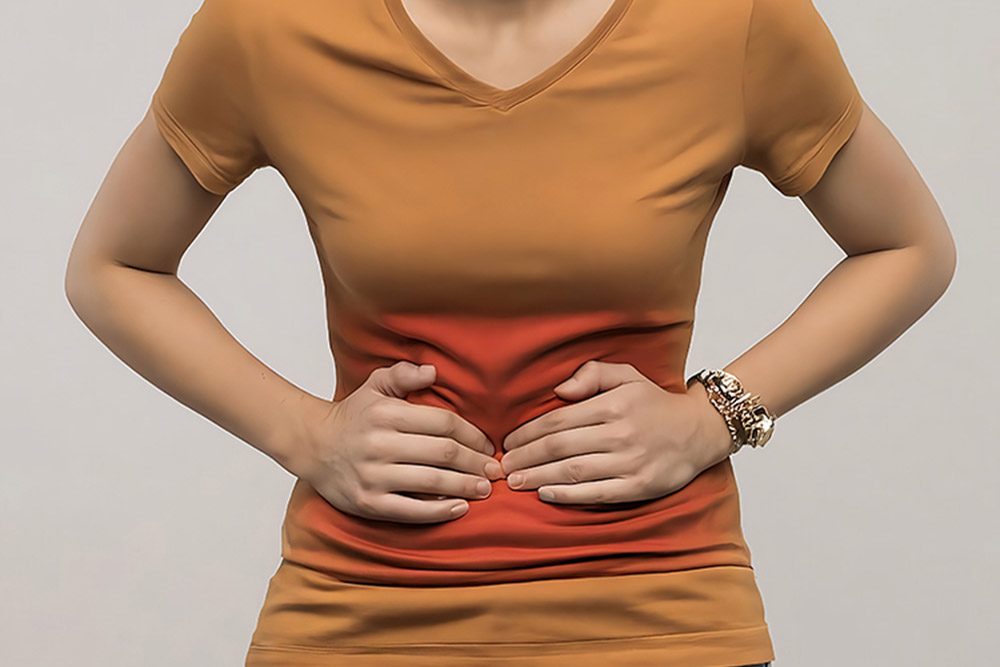Expert Treatment for Cholesterolosis of Gallbladder by Dr. Bharat Pothuri
Dr. Pothuri uses a step-by-step approach:
Medical History and Physical Exam
He reviews your symptoms-especially epigastric pain, post-meal fullness, nausea-and checks risk factors such as high cholesterol, obesity, rapid weight loss, and family history of gallbladder disease.
Laboratory Tests
Comprehensive blood work-including liver enzymes (AST, ALT), bilirubin, lipid profile, and inflammatory markers-helps rule out other causes of abdominal pain and assess overall liver and gallbladder health.
Imaging Studies
- Abdominal ultrasound to detect hyperechoic (fatty) deposits in the gallbladder lining, wall thickening, and any gallstones.
- HIDA (cholescintigraphy) scan to measure gallbladder ejection fraction and evaluate functional emptying.
- Endoscopic ultrasound (EUS) for high-resolution images of the gallbladder wall and to exclude tiny stones or polyps.
Advanced Diagnostics (if needed)
In select cases, minimally invasive tests-such as intraoperative cholangiography or specialized biliary imaging-are used to confirm the diagnosis and rule out coexisting biliary tract obstruction.

Frequently Asked Questions
What is cholesterolosis of the gallbladder?
Cholesterolosis-sometimes called �strawberry gallbladder�-occurs when excess cholesterol deposits build up in the gallbladder lining.
What causes cholesterolosis of the gallbladder?
It's linked to high blood cholesterol, obesity, rapid weight loss, and certain metabolic disorders that alter bile composition.
What symptoms does cholesterolosis cause?
Most people have no symptoms. When present, you may feel mild upper right abdominal discomfort or indigestion after fatty meals.
How is cholesterolosis of the gallbladder diagnosed?
Ultrasound imaging often shows characteristic �strawberry� patterns. Occasionally, endoscopic ultrasound (EUS) or HIDA scan is used for confirmation.
Does cholesterolosis require treatment?
Asymptomatic cholesterolosis typically needs no treatment. Symptomatic cases may improve with dietary changes or, rarely, gallbladder removal.
Can diet help manage cholesterolosis?
Yes. A low-cholesterol, low-fat diet with plenty of fruits, vegetables, and whole grains can reduce gallbladder stress and cholesterol deposition.
Is cholesterolosis related to gallstones?
They can coexist but are different conditions. Cholesterolosis involves mucosal deposits, while gallstones form solid stones in the gallbladder.
When should I see a doctor?
Seek evaluation if you have persistent right upper abdominal pain, nausea after meals, or abnormal liver function tests.












